Fascia: what is it, how do you train it, and why bother?
If you’ve dealt with stiffness and pain in the recent past, you may have come across fascia training — an approach that many in the fitness are encouraging people to do. That means working to improve the health of your fascia, a web of connective tissue that holds the body’s organs, muscles, bones and tissues in place…
Stretching from head to toe, the fascial network also gives the body its shape, much like a sheet of plastic wrap or those fine, white fibers that bind and mold the inside of an orange.
Fascia can shorten, stiffen and develop adhesions from repetitive movements like running or swinging a racquet.
Fascia can also become tight and painful from inactivity, such as sitting at a desk all day or spending hours scrolling through your smartphone.
Training your fascial tissue
Working to loosen tight, knotty fascia is the basis for fascia training, and it can help most people. Perhaps the best-known method of fascia training is fascial release, in which pressure is placed on the restricted tissue via a massage, foam roller or ball.
Slow, dynamic stretching — in which you’re moving rather than holding a position — is also a good way to improve fascial health.
Incorporating just a few minutes of bouncing, foam rolling and stretching into your exercise regimen is definitely valuable.
Another option to help keep your body loose and pain-free is to visit a physiotherapist. A physiotherapist can assess your movement patterns to see if you have any limitations, then prescribe exercises and possibly perform manual treatments.
Don’t forget to listen to your body, too. Your body is intuitive. So, move in a way that feels good. That sounds very boring, and it’s not a great soundbite, but it’s the truth.
Here some release exercises, for your back, neck, legs and shoulders.
If you do the stretching and you feel pain, stop immediately if you experience pain.

Tecartherapy and manual therapy
Tecartherapy is an ideal tool to add into manual therapy sessions. The Tecar deliver warmth at depth within the tissues, encouraging healing and reducing pain, inflammation and swelling. Capable of penetrating through all tissue types, from soft tissue to bone..Most...
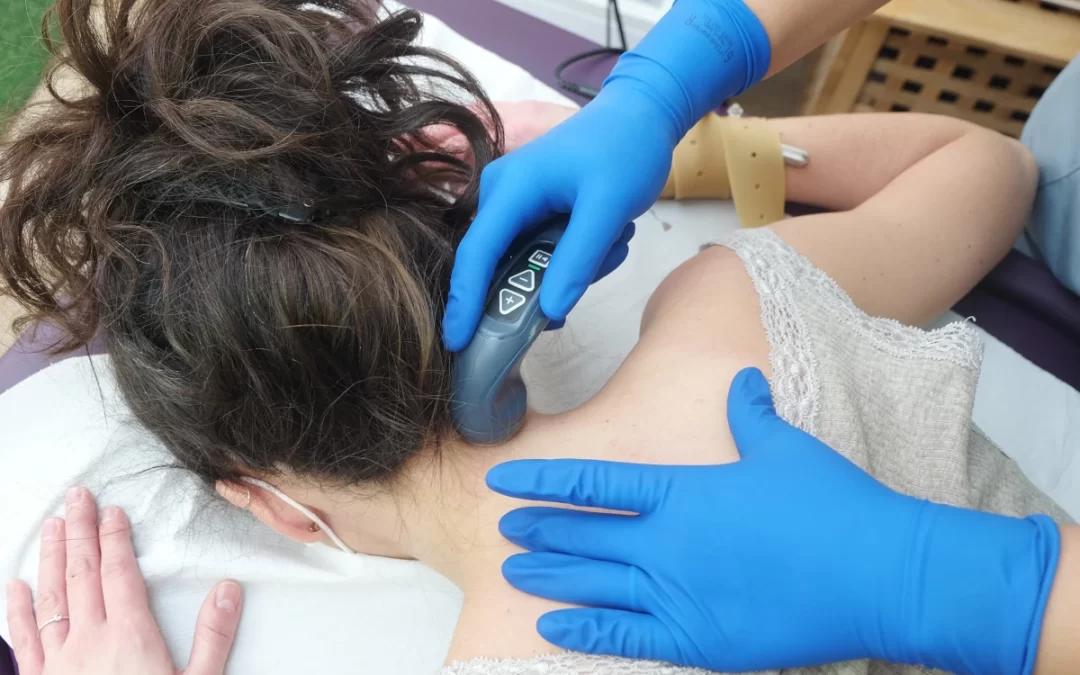
Beneficial effects of Tecartherapy
Tecartherapy has shown beneficial effects on both healthy and symptomatic tissues. The increase in temperature was predominant in all tissues, with greater warming at depth than at the surface. In the treatment of symptomatic tissues, Tecartherapy showed a reduction...
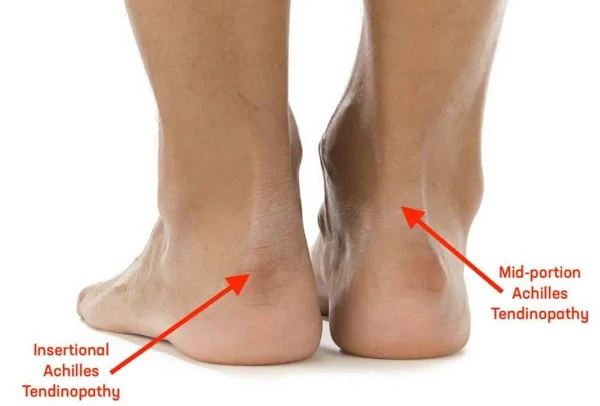
Achilles Tendinitis and treatments
There are two types of Achilles tendinitis Insertional Achilles Tendinopathy: Pain at the bottom of the Achilles tendon (where it connects into the heel bone); Caused by compressive forces of the tendon on the heel bone when the ankle is dorsiflexed (foot flexed...

How can acupuncture help?
After a full assessment with one of the specialist physiotherapists will see whether acupuncture may be suited to help you as part of your treatment. Single use fine needles are used at various ‘trigger’ points on the body depending on your symptoms and this will help...

Aging without injury
How older runners are killing the game Injuries are not fun, and neither is aging, but the two don’t always go hand in hand. Canadian physiotherapists argue that whether you’re fresh out of school or newly retired, age does not necessarily determine your running...
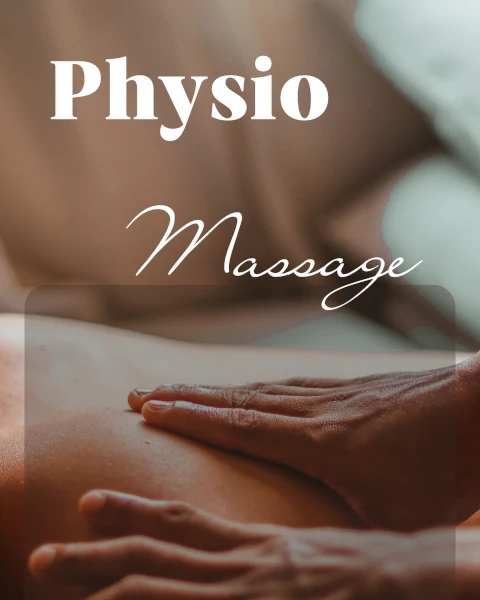
Does a Physiotherapist Do Massage?
Some Physiotherapists may also be trained in Sports Massage Therapy or Deep Tissue Massage, particularly if they regularly see athletic clients, or those that have ongoing musculoskeletal conditions.It has been found that such Physiotherapy and Massage Therapy...
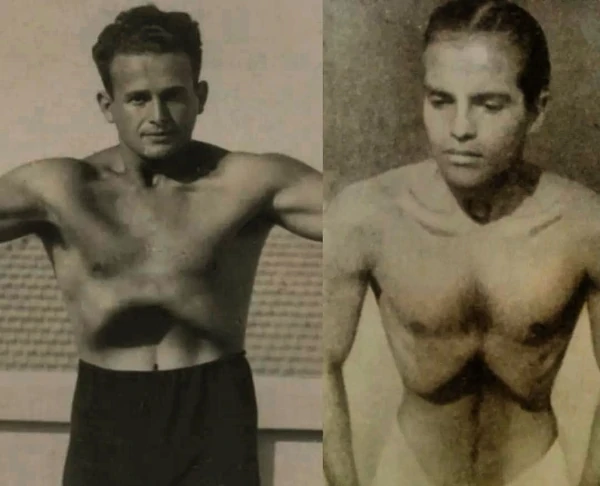
Dr. Feldenkrais and Yoga
In 1958, a book “Yoga and Health” by Selvarajan Yesudian was published and Moshe Feldenkrais warmly welcomed the book and its author and appreciated Hatha Yoga. Among other things, he wrote the following:“Every bodily practice is good if performed correctly, as every...
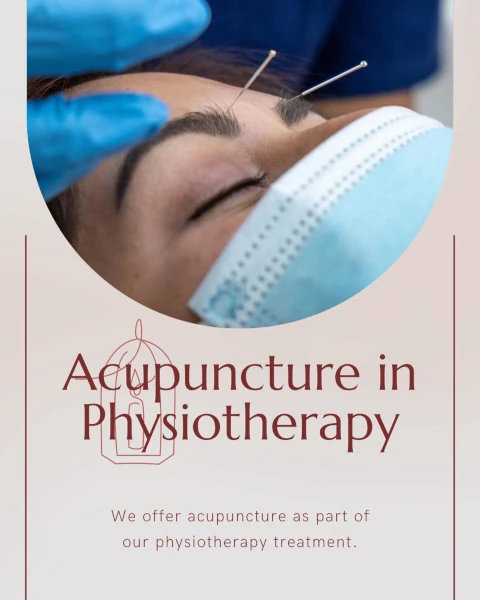
We offer acupuncture as part of our physiotherapy treatment
Your Physiotherapist will, along with you, decide if acupuncture is an appropriate course of treatment for you. Many patients find acupuncture very effective in supporting and treating their condition. What is Acupuncture? Acupuncture involves stimulating sensory...

Initial Appointment
To book an initial appointment simply Whatsapp or call us 07 4552 50006. I will assist you with your booking. Happy to answer any questions or concerns you may have about booking with us. We will also make sure you get to see the best person to help you achieve your...

Text Neck Syndrome
Refers to a repetitive stress injury to the neck caused by having your head in a forward position for extended period. The forward pending posture affects the curvature of the cervical spine, the neck and shoulder muscles, and supporting ligaments. “Text Neck” Is...


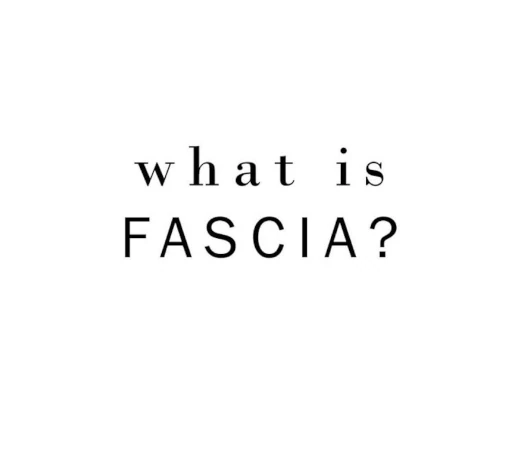






0 Comments